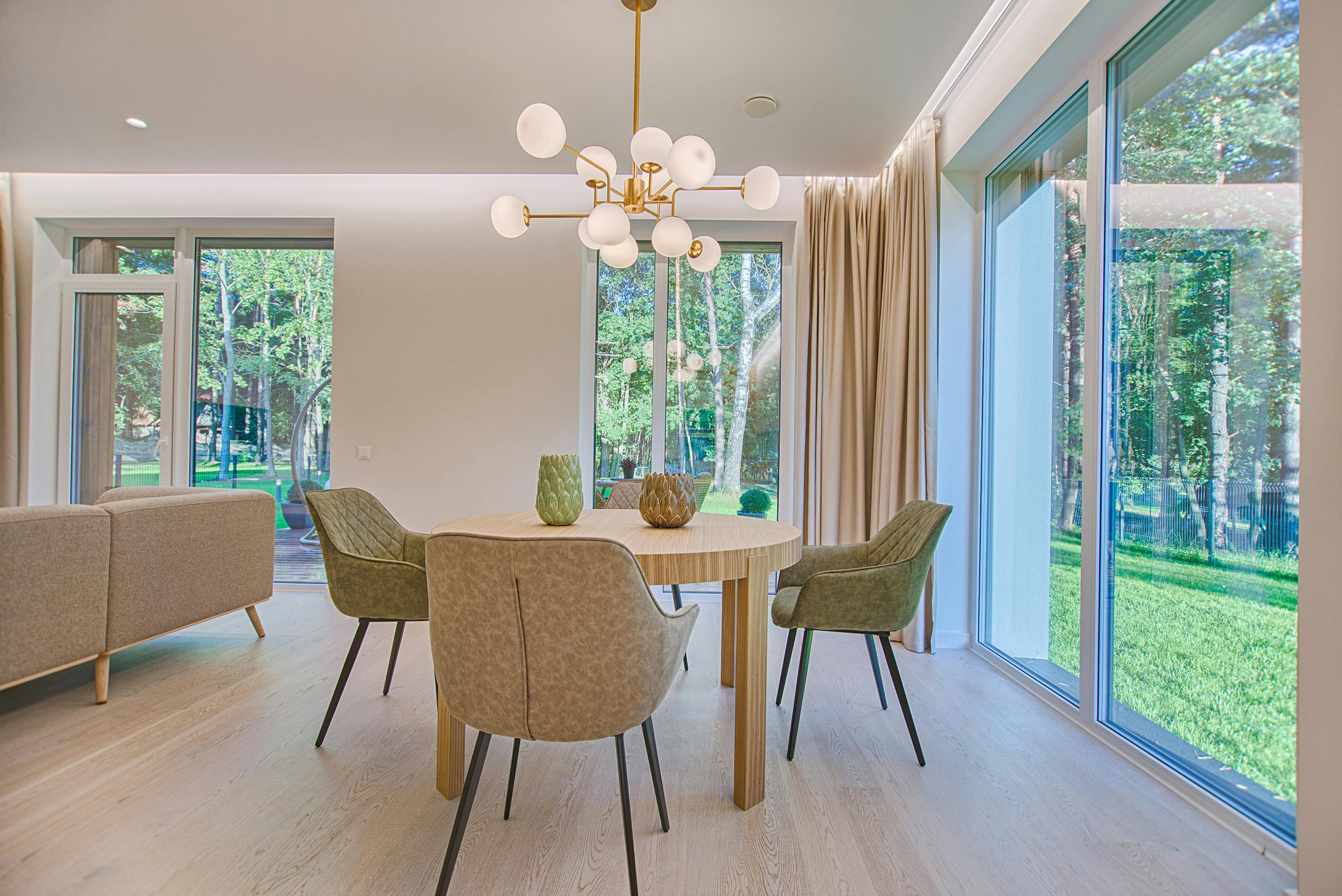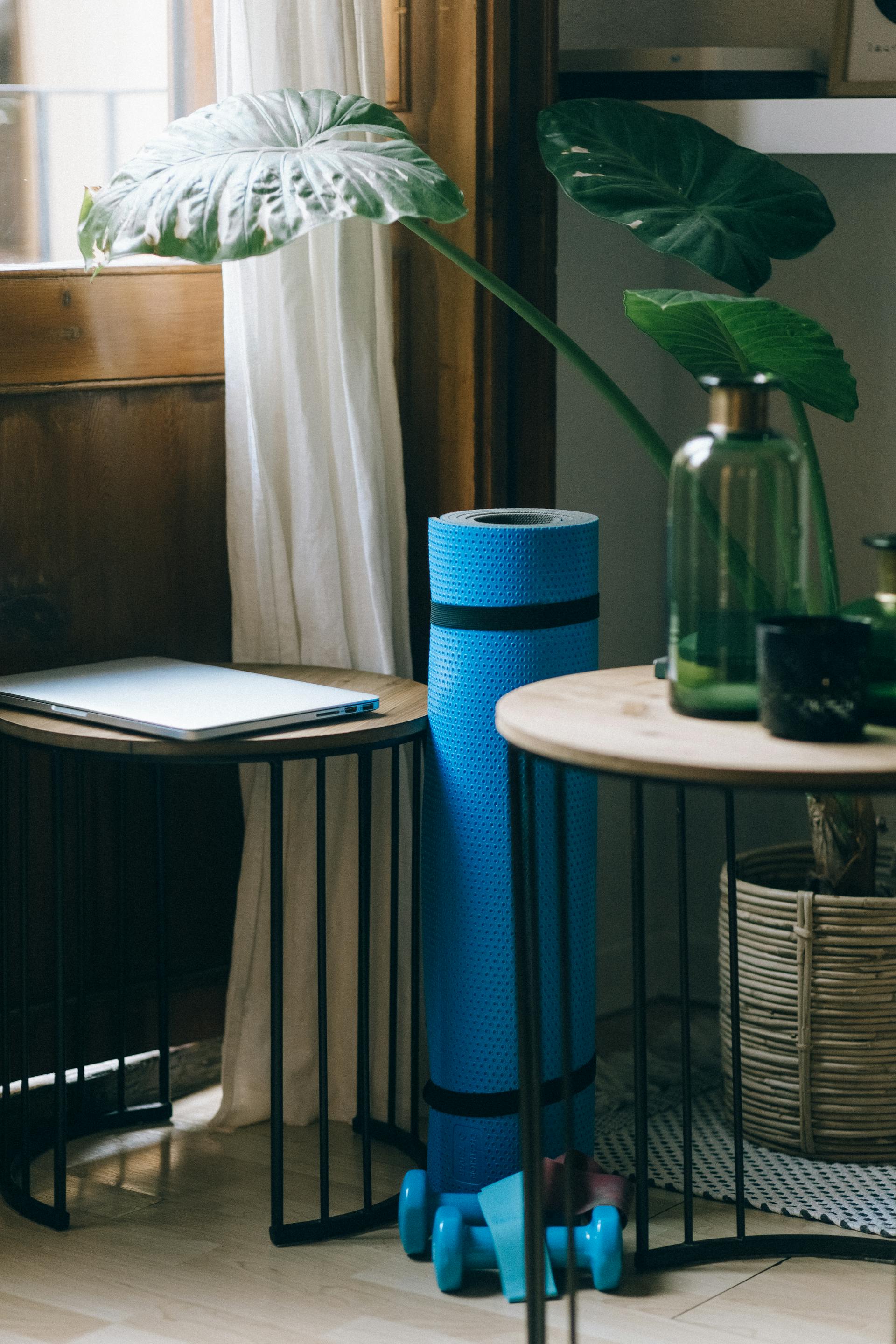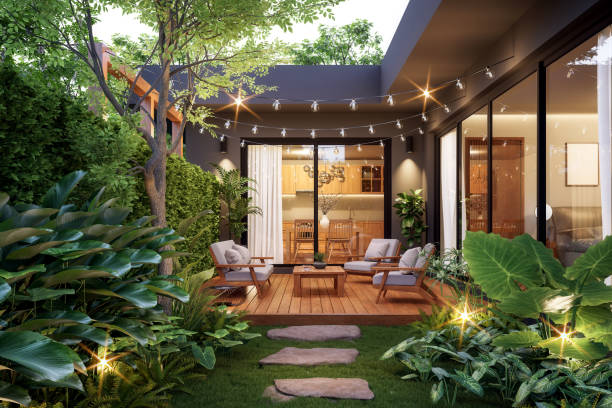Transforming Your Outdoor Spaces: The Art of Residential Landscape Design
Your home extends far beyond its four walls. The outdoor spaces surrounding your residence offer tremendous potential to enhance your quality of life, increase property value, and create meaningful connections with nature. In an era where work-from-home arrangements have become commonplace and mental wellness takes center stage, thoughtful outdoor residential design has never been more crucial.
Why Outdoor Design Matters More Than Ever
The importance of well-designed outdoor spaces extends into multiple facets of homeownership and daily living. From a financial perspective, professional landscaping can increase property values by 15-20%, making it one of the most worthwhile investments you can make in your home. Unlike interior renovations that may become dated, quality outdoor design tends to appreciate over time as plants mature and hardscaping weathers beautifully.
Beyond monetary considerations, outdoor spaces serve as natural extensions of your living area. They provide venues for entertaining guests, quiet retreats for relaxation, and dynamic environments that change with the seasons. Research consistently demonstrates that spending time in well-designed outdoor spaces reduces stress levels, improves mood, and enhances overall mental health. The Japanese practice of "forest bathing" highlights how immersion in natural environments can lower cortisol levels and boost immune function.
Environmental benefits also play a significant role. Thoughtfully designed landscapes can improve air quality, reduce urban heat island effects, and provide habitat for local wildlife. Native plantings require less water and maintenance while supporting beneficial insects and birds. Rain gardens and permeable hardscaping help manage stormwater runoff, protecting local waterways from pollution.
Creating Functional Outdoor Rooms
The most successful outdoor designs treat exterior spaces as outdoor rooms, each with distinct purposes and character. Consider how you want to use your outdoor areas throughout different times of day and seasons. Morning coffee might call for an intimate seating area that catches early sunlight, while evening entertaining requires adequate lighting and comfortable gathering spaces.
Start by defining zones within your landscape. A dining area might feature a pergola or umbrella for shade, with easy access to the kitchen for meal service. A fire pit area creates a natural focal point for conversation and extends use into cooler months. Children's play areas benefit from soft surfaces like mulch or artificial turf, positioned where parents can maintain sight lines from indoor and outdoor living spaces.
Water and fire features add both visual interest and soothing sounds that mask traffic noise and create peaceful atmospheres. Options range from simple firepits and fountains to elaborate pool systems with waterfalls or large fireplaces. Even small spaces can accommodate wall-mounted water features and gas or electric fireplace inserts.
Plant Selection and Garden Design Principles
Successful plant selection requires understanding your local climate zone, soil conditions, and sun exposure patterns throughout your property. Native and adapted plants typically require less maintenance once established while providing the most benefit to local ecosystems. Layer your plantings with canopy trees for shade and structure, understory trees and large shrubs for privacy and wind protection, and perennials and groundcovers for color and texture.
Consider bloom times when selecting flowering plants to ensure continuous color throughout growing seasons. Spring bulbs give way to early summer perennials, which transition into late summer and fall bloomers. Evergreen plants provide year-round structure and color, particularly important in regions with distinct winter seasons.
Edible landscaping combines beauty with functionality. Fruit trees can serve as ornamental specimens while providing fresh produce. Raised beds allow for intensive vegetable gardening while maintaining clean lines and easy access. Herb gardens placed near kitchen entrances encourage regular harvesting and use and they smell great too!
Hardscaping Elements That Define Spaces
Quality hardscaping provides the foundation for successful outdoor design. Patios and decks create defined spaces for furniture and activities while extending your home's footprint outdoors. Material choices should complement your home's architecture while considering factors like durability, maintenance requirements, and local climate conditions.
Natural stone offers timeless appeal and ages beautifully but typically requires higher initial investment. Concrete pavers provide versatility in patterns and colors with easier installation and replacement if damage occurs. Wood decking creates warm, natural surfaces but requires regular maintenance in most climates. Composite decking can be overly hot but offer easy wash and go maintenance. Concrete decks can be patterned/stained and are easiest on the budget.
Pathways guide movement through your landscape while creating visual interest. Curved paths feel more natural and create opportunities for discovery as visitors move through different garden areas. Lighting along walkways ensures safe navigation after dark while highlighting landscape features.
Retaining walls solve slope challenges while creating opportunities for terraced planting beds. They can double as seating areas and help define different zones within your landscape. Material choices should coordinate with other hardscaping elements for cohesive design.
Lighting Design for Extended Enjoyment
Thoughtful lighting design extends the usability of outdoor spaces well into evening hours while creating dramatic effects that transform your landscape after dark. Layer different types of lighting for maximum impact and functionality. Ambient lighting provides overall illumination for safety and general activities. Task lighting focuses on specific areas like outdoor kitchens or reading nooks. Accent lighting highlights architectural features, specimen plants, or water features.
Solar lighting offers energy-efficient options for pathway and accent lighting, though battery-powered LED systems provide more consistent performance. Low-voltage systems allow for professional-quality lighting with easier installation than traditional line voltage systems.
Maintenance Considerations for Long-term Success
The most beautiful outdoor designs fail without proper maintenance planning. Choose plants appropriate for your available time and interest in garden care. Automated irrigation systems ensure consistent watering while reducing time demands and offer rain sensors for practicality. Mulching around plants suppresses weeds, retains moisture, and creates finished appearances.
Consider maintenance access when planning designs. Ensure adequate space for equipment like mowers, leaf blowers, and other things like pool equipment. Design planting beds with maintenance in mind, avoiding narrow spaces that become difficult to weed or prune.
Seasonal Interest and Year-round Appeal
Great outdoor designs provide interest throughout all seasons. While spring and summer naturally offer abundant color and growth, thoughtful plant selection ensures attractive winter silhouettes and seasonal highlights. Ornamental grasses provide movement and texture through fall and winter. Trees with interesting bark or branching patterns become sculptural elements during dormant seasons.
Your outdoor spaces have the potential to become some of your home's most valued and enjoyable areas. Whether you tackle projects gradually over several seasons or undertake comprehensive renovations, investing in outdoor design pays dividends in daily enjoyment, entertainment opportunities, and long-term property value. Start with a clear vision of how you want to use your outdoor spaces, then build upon that foundation with quality materials, appropriate plants, and thoughtful details that reflect your personal style. Also, I am always here if you need help!
related articles

Cozy but Minimal: The ease of design for the comfortably clean

The Healthy Home Revolution


